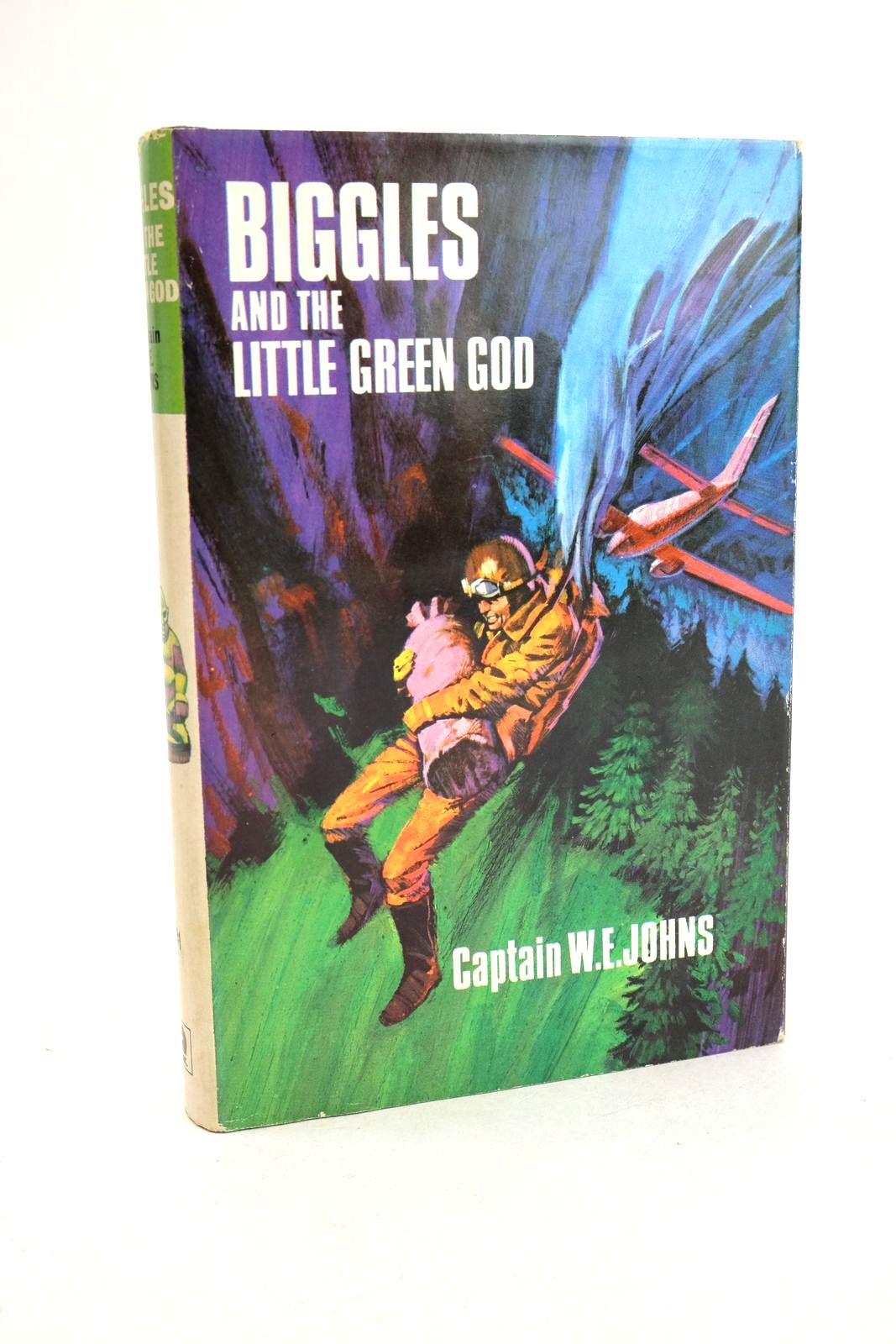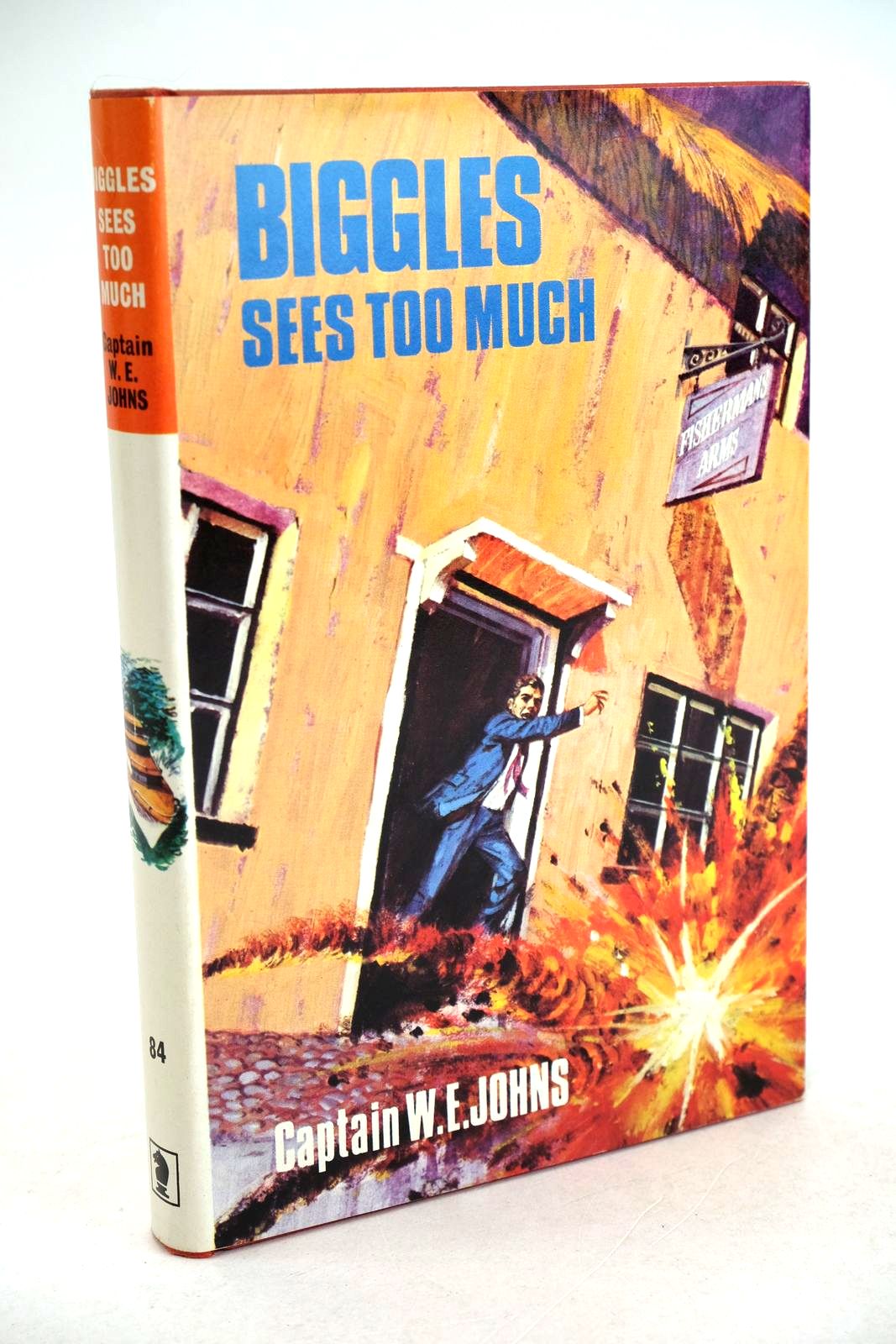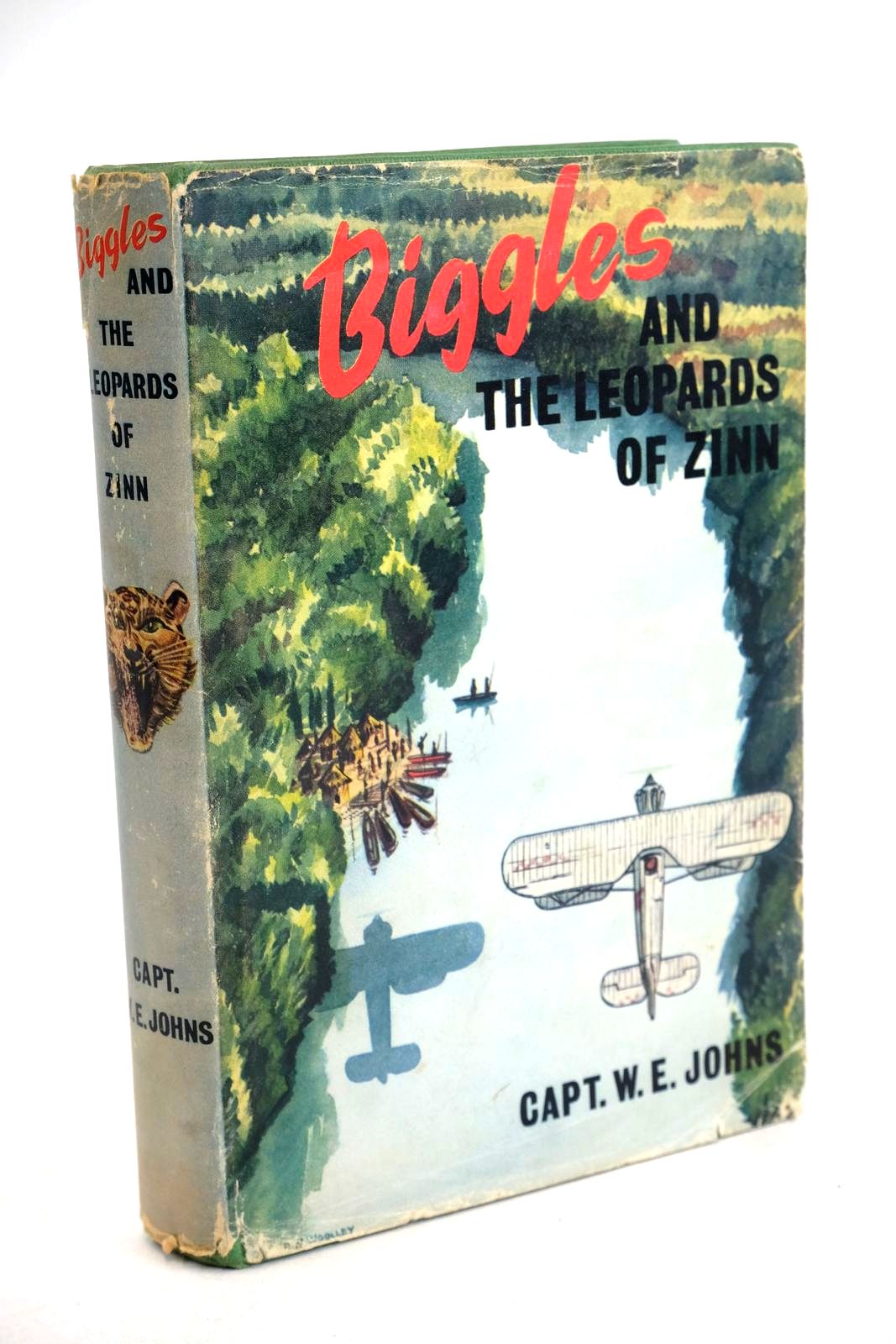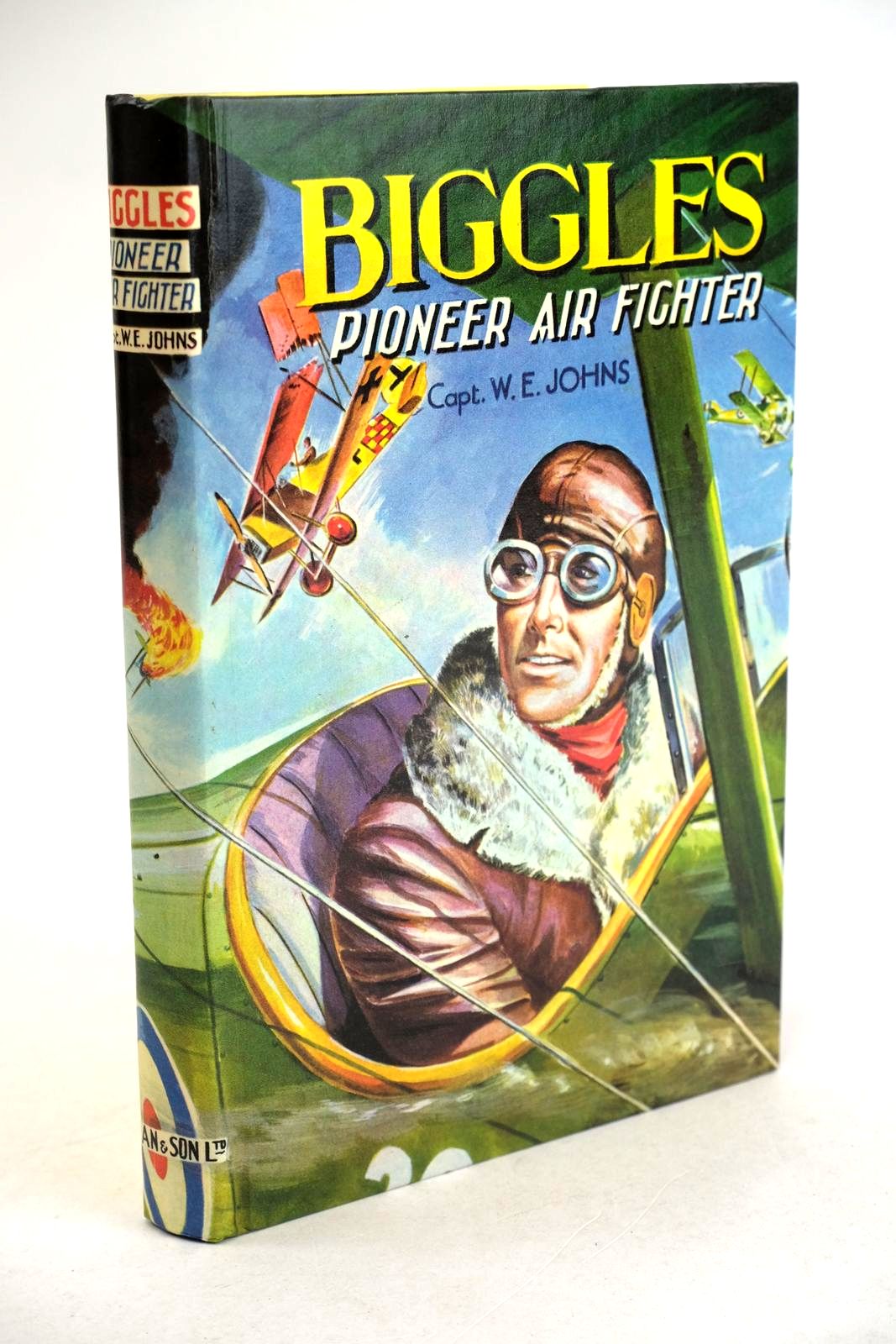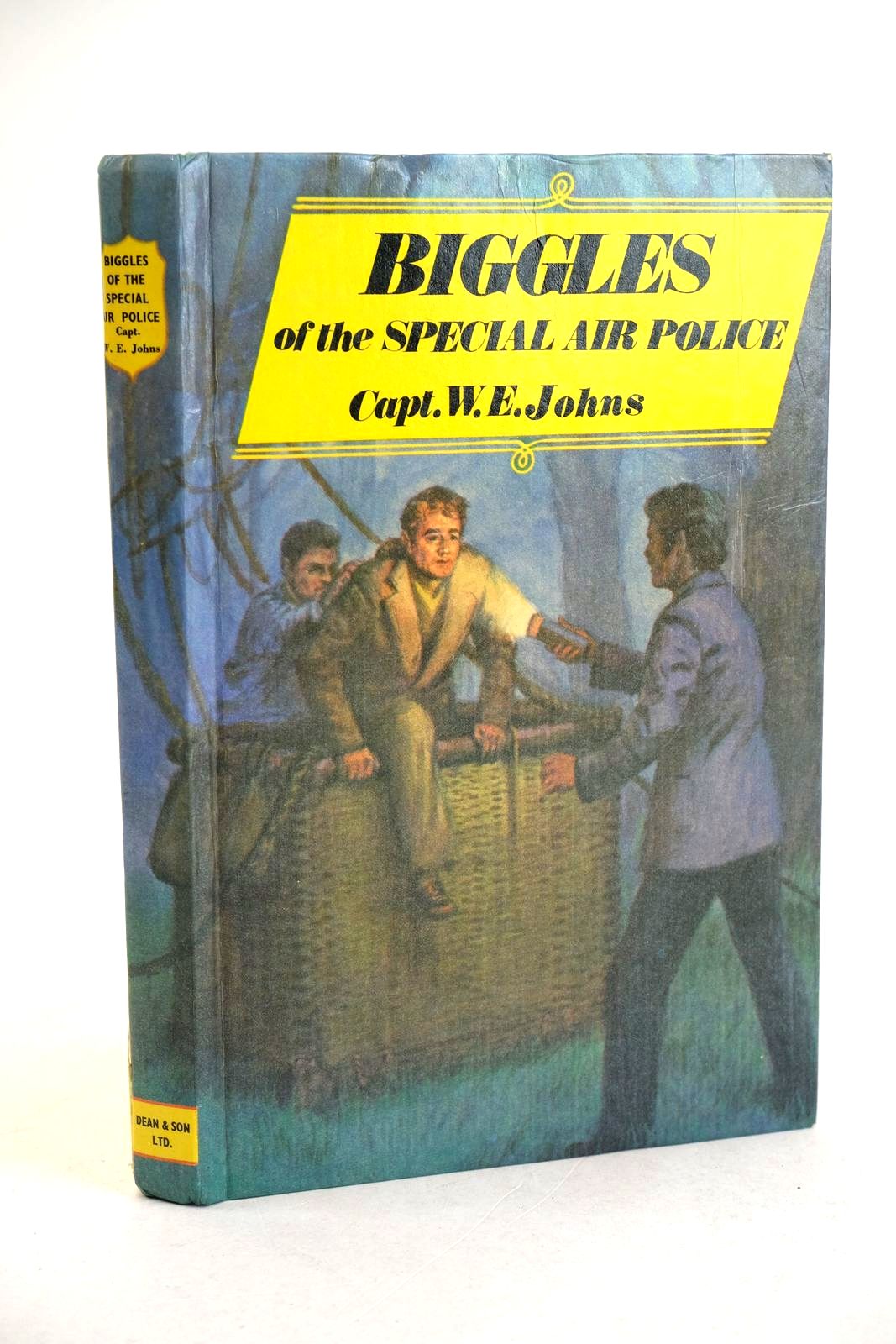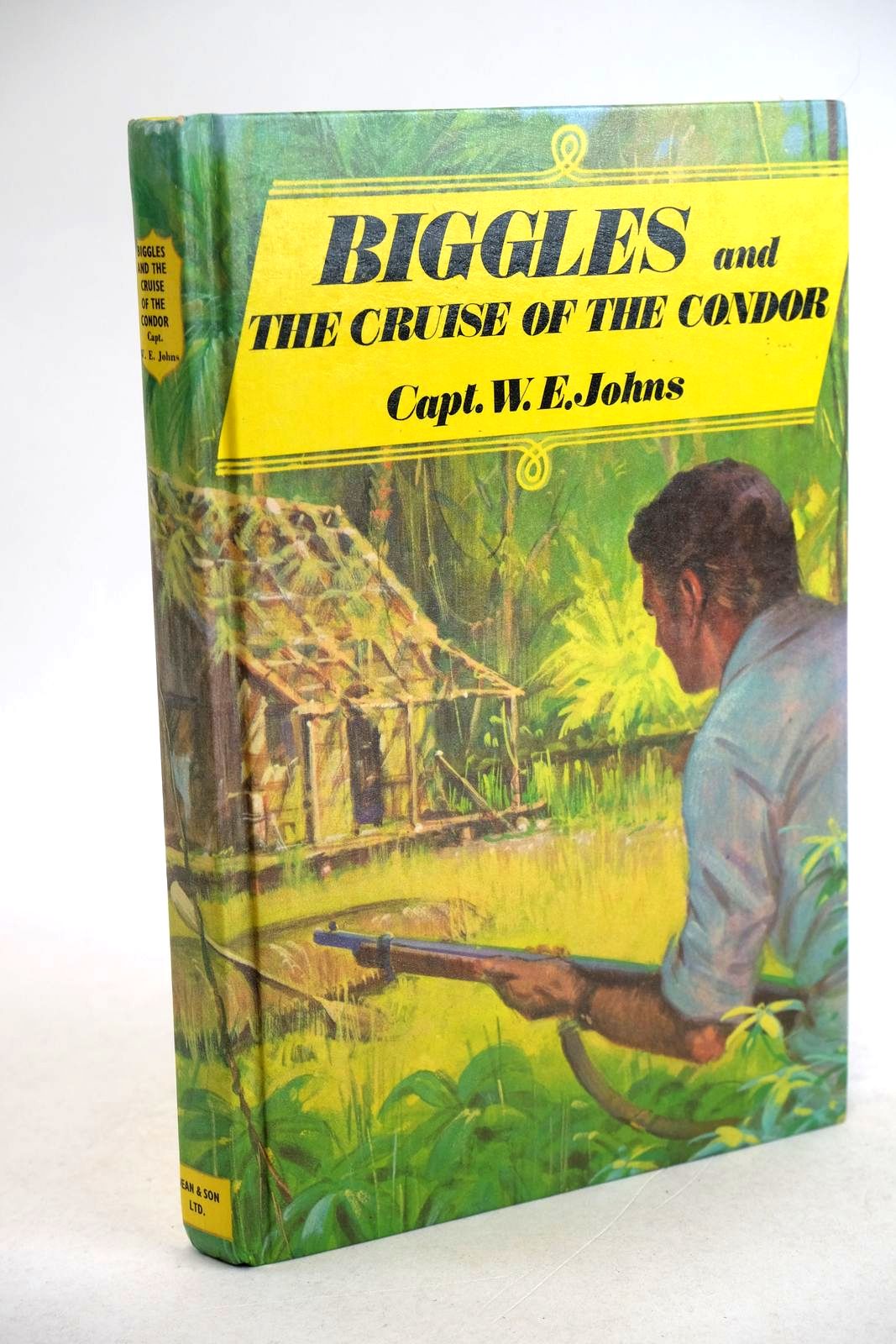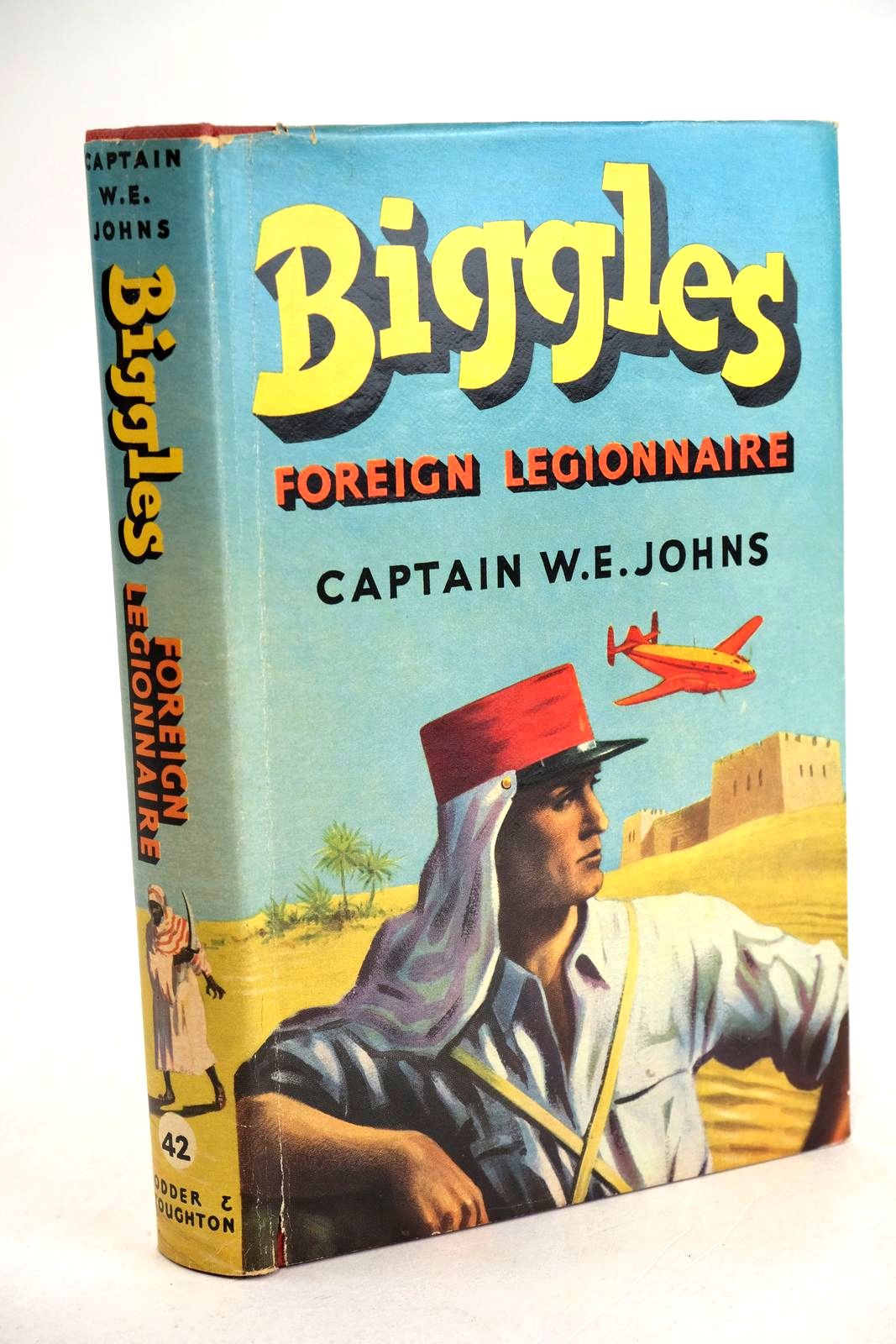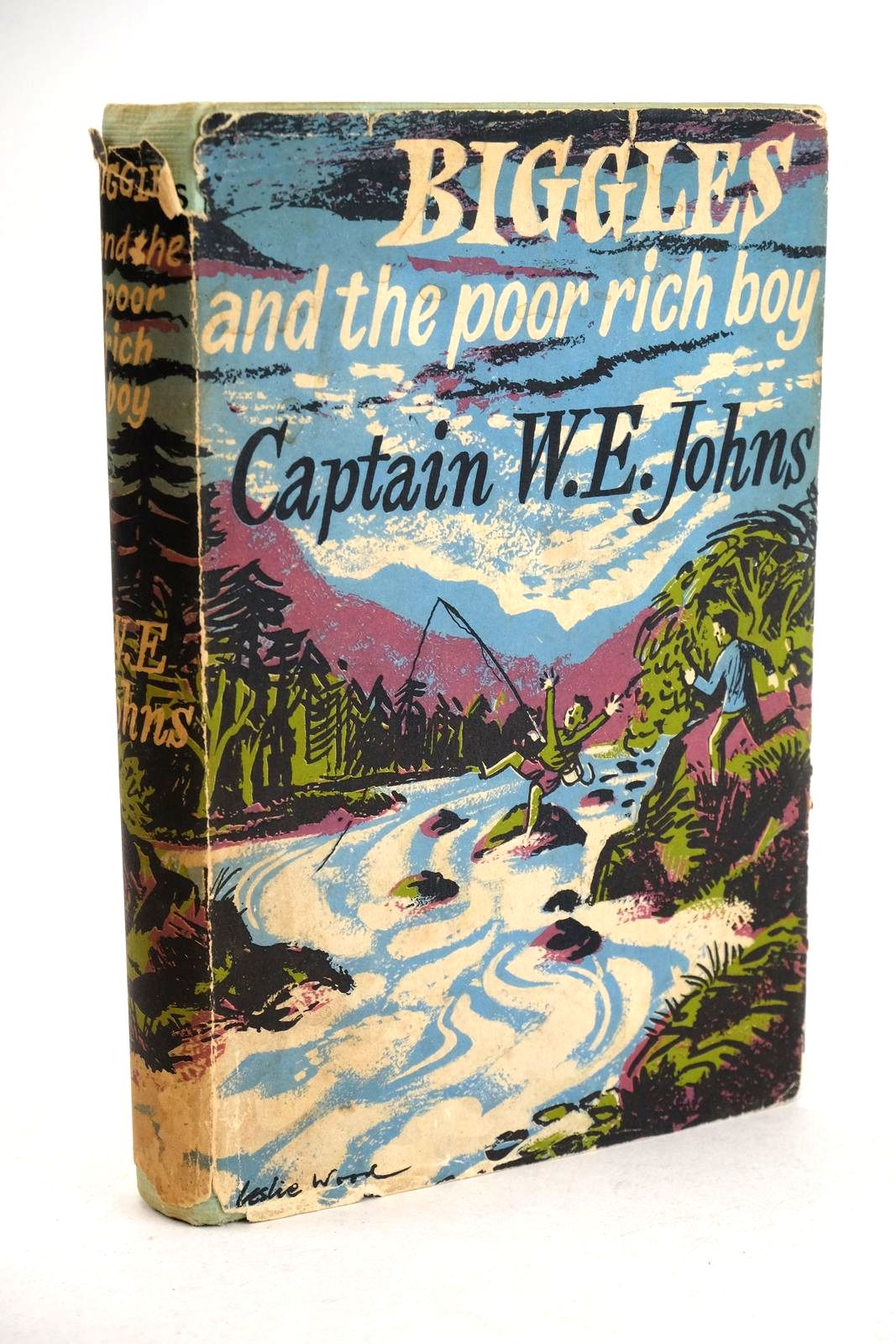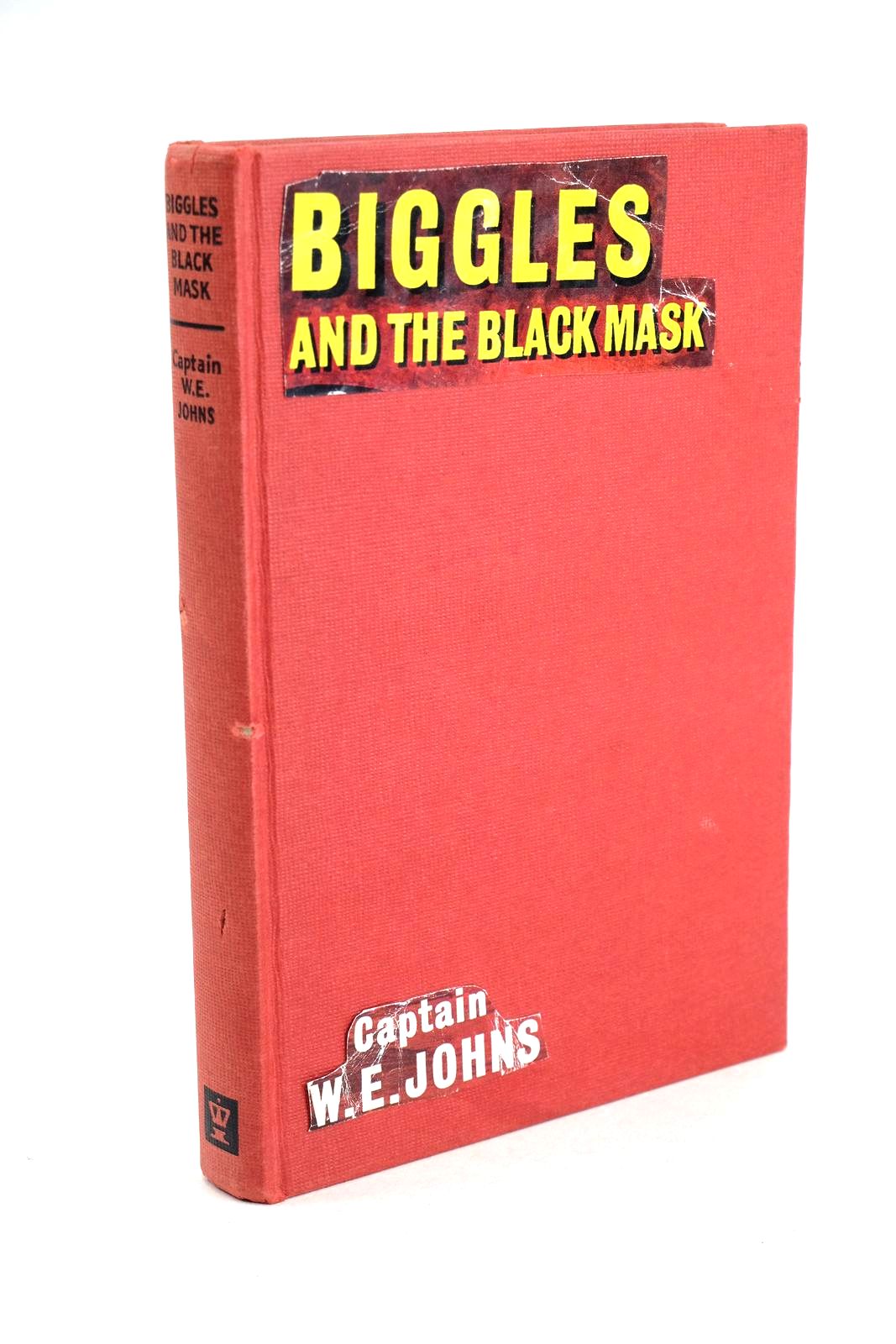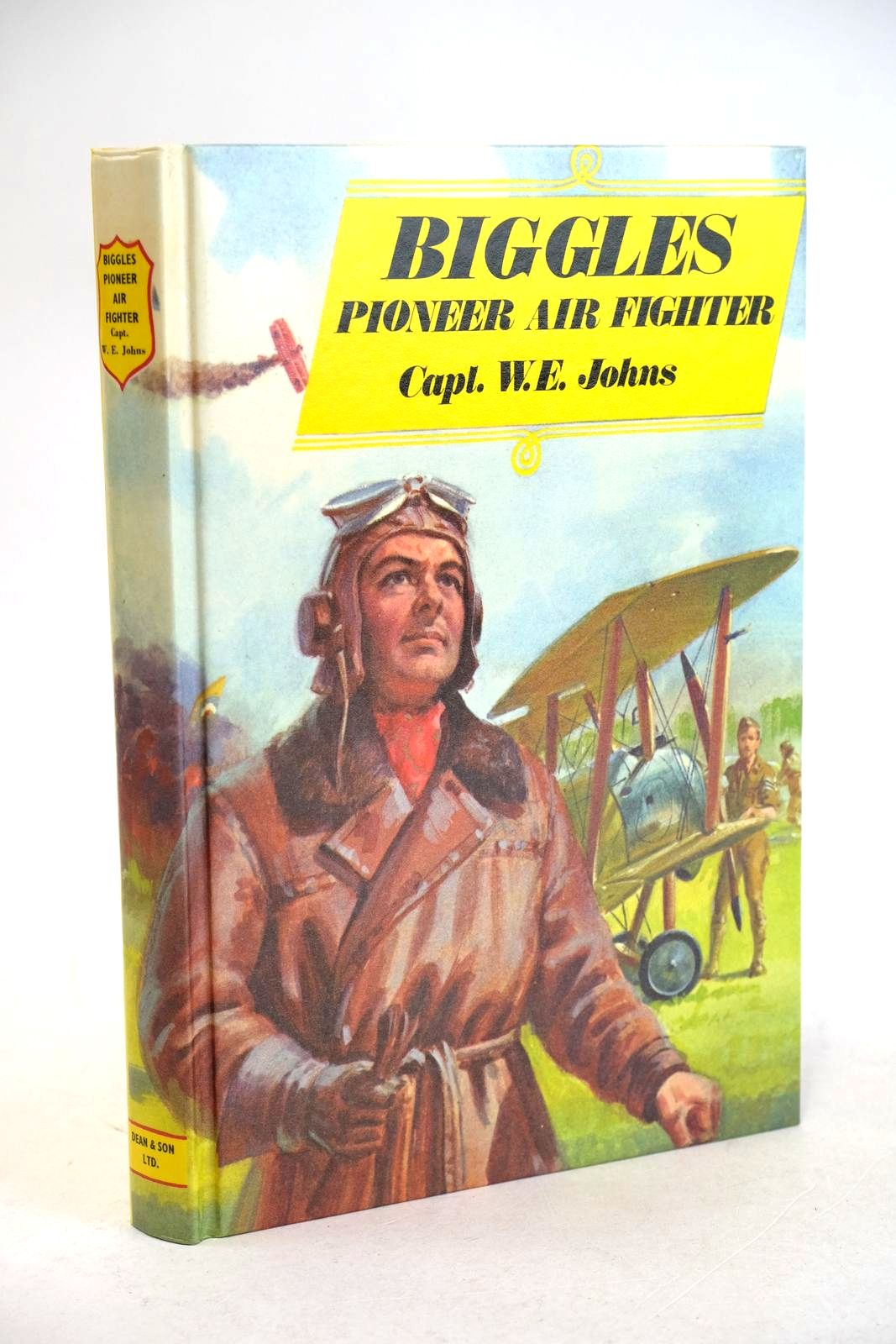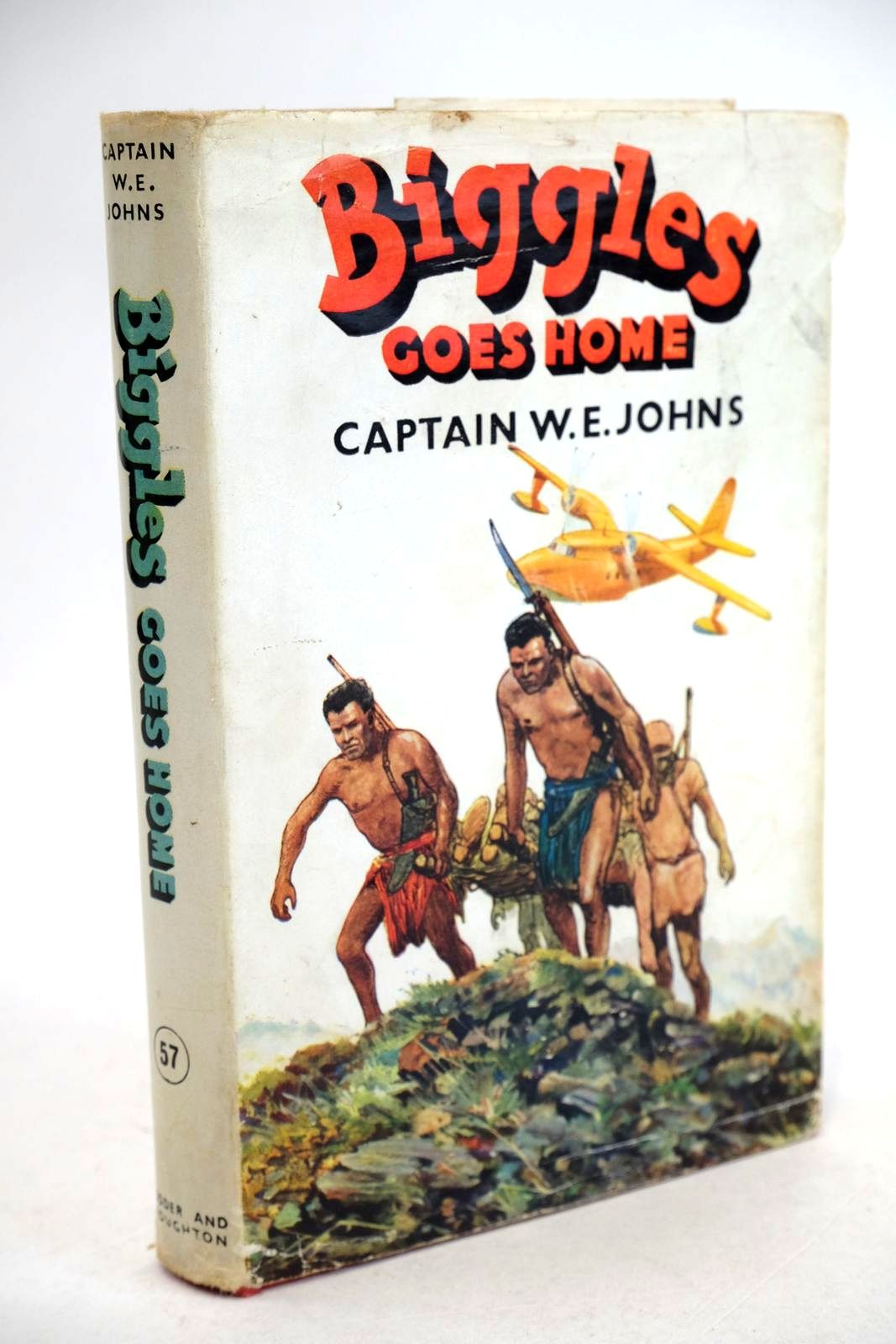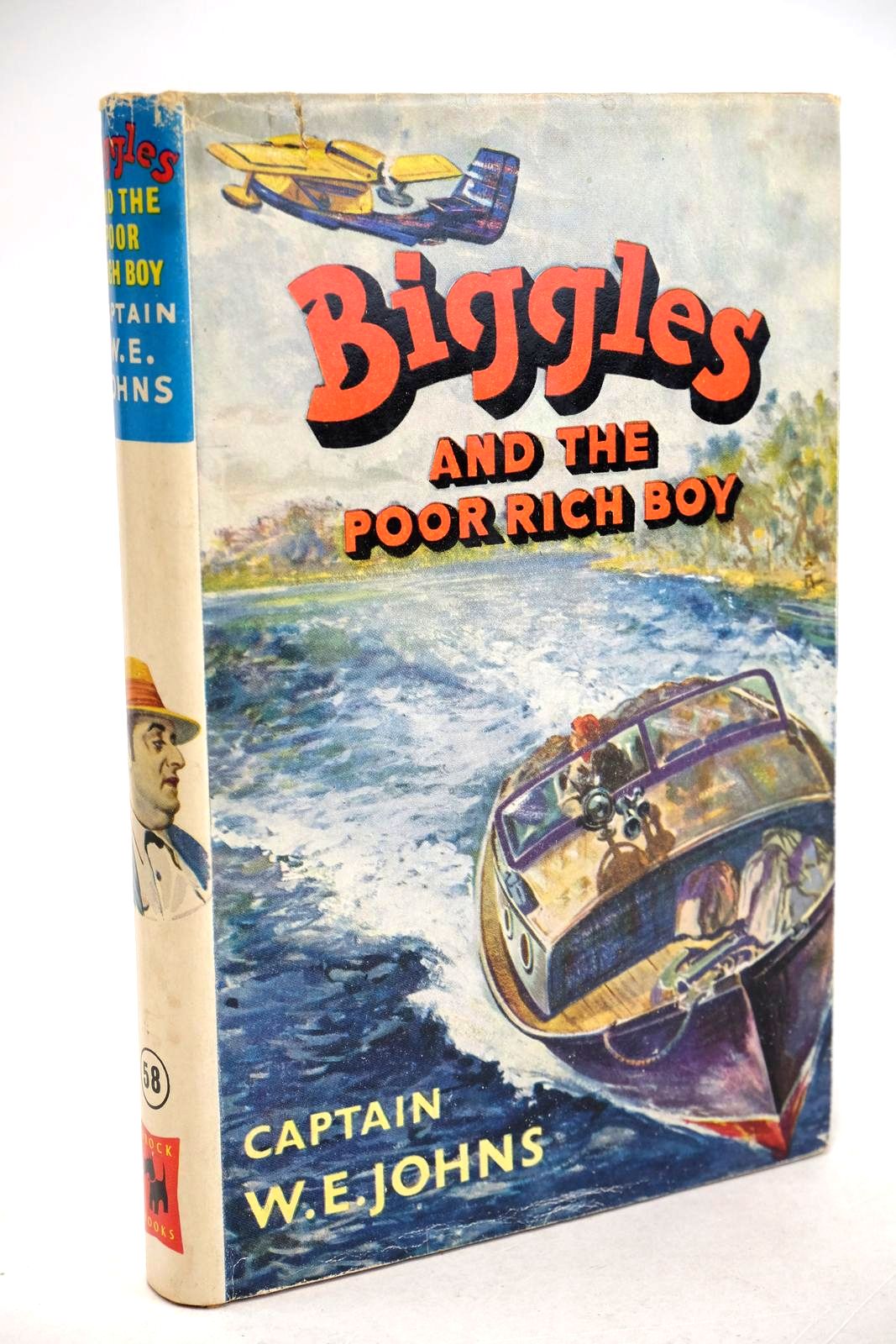A Brief History of Children’s Literature From 1578 - 1920
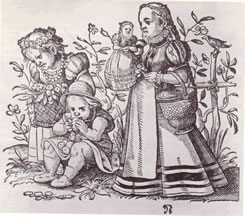 The very first book as we know books today was the Gutenberg Bible which was produced in 1456. The first picture book specifically published for children did not appear until well over 100 years later, in Germany in 1578. It was entitled “The Book Of Art And Instruction For Young People” and published by Sigmund Feyerabend. It was re-issued in 1580 with finely-executed full-page woodcut illustrations including the first known printed pictures of a young scholar using a hornbook and also of a child holding a doll. This treasure was only discovered and recognised in the latter part of the 20th century. It was found in a glass-fronted case in the back room of a small bookshop within a mile of the British museum. Its value can only be guessed at but it does show that treasures can still be discovered today.
The very first book as we know books today was the Gutenberg Bible which was produced in 1456. The first picture book specifically published for children did not appear until well over 100 years later, in Germany in 1578. It was entitled “The Book Of Art And Instruction For Young People” and published by Sigmund Feyerabend. It was re-issued in 1580 with finely-executed full-page woodcut illustrations including the first known printed pictures of a young scholar using a hornbook and also of a child holding a doll. This treasure was only discovered and recognised in the latter part of the 20th century. It was found in a glass-fronted case in the back room of a small bookshop within a mile of the British museum. Its value can only be guessed at but it does show that treasures can still be discovered today.
 Left: Woodcut from "The Book of Art and Instruction For Young People"
Left: Woodcut from "The Book of Art and Instruction For Young People"
Children’s books written specifically for entertainment purposes continued to be a very rare commodity indeed. Most books were written at children rather than for them, their main purpose being to terrify youngsters into docile obedience with threats of everlasting hellfire, should they dare to persist in enjoying their leisure hours! Until the middle of the 18th century young people had little to read other than books intended for adults which children adopted as their own. Examples include Bunyan’s Pilgrim’s Progress, Defoe’s Robinson Crusoe and Swift’s Gulliver’s Travels.
Songs and nursery rhymes produced in book form appeared during the first half of the 18th century. One of the most important publishers during this period was John Newbury who saw the commercial possibilities of children’s books very early on. He published his first book for children “A Little Pretty Pocket-Book” in 1744 and numerous others thereafter. He left a succession of dependents who continued and improved on his excellent work. One of the most significant events of the early 19th century was the take-over of the Newbury business by John Harris who was bursting with new ideas. He gave his little books a new, up-to-date appearance and was among the first to make extensive use of metal engravings and colour.
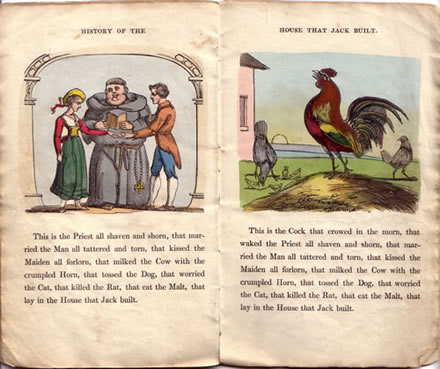 Left: Image from The History of the House that Jack Built
Left: Image from The History of the House that Jack Built
Fairy tales were the first form of literature which enabled children to escape from the stifling instructional and moralistic writings and were attacked and condemned by the puritanical writers for precisely this reason. However, by the age of Victoria, fairy tales had been grudgingly accepted by the parents, guardians and governesses of even the most strictly regulated children.
Fairy tales and fantasy reached their culminating point of triumph with the publication of Alice’s Adventures in Wonderland in 1865. The original manuscript for Alice was entitled “Alice’s Adventures Under Ground” and was illustrated by Carroll himself. However, Carroll’s lack of confidence in his own ability led him to look elsewhere for an artist when preparing his manuscript for final publication and Sir John Tenniel (though not knighted at the time he did the illustrations) produced the illustrations that we are so familiar with today. The first book was followed by Through The Looking-Glass and What Alice Found There in 1871, again with Tenniel illustrations. A facsimile of Carroll’s original illustrated manuscript was published later in 1886.
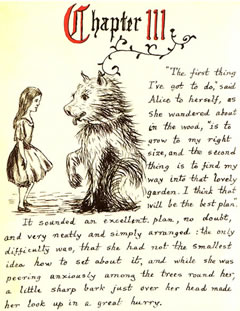 The second half of the 19th century saw major changes in the public view of children’s literature, reflected in the attitude of the more progressive and commercially-minded publishers,whose unspoken philosophy became “moralise less and sell more!”
The second half of the 19th century saw major changes in the public view of children’s literature, reflected in the attitude of the more progressive and commercially-minded publishers,whose unspoken philosophy became “moralise less and sell more!”
This was the period of the rattling good yarn as evidenced by authors such as R.M. Ballantyne, G.A. Henty and W.H.G. Kingston; and of the colour picture book whose foremost exponents were the artists Randolph Caldecott, Walter Crane and Kate Greenaway . Thomas Dean (later Dean & Son) established a monopoly in the trade of all forms of moveable and flap books. In Germany the publisher Ernest Nister was producing exquisite full-colour picture books with the added interest of pop-up and moveable parts.
And so into the 20th century where we meet unforgettable characters such as Rupert The Bear, Winnie-The-Pooh , Ratty and friends from The Wind In The Willows , Peter Rabbit and co. in Beatrix Potter’s Tales . All these are still genuinely alive in the sense that their stories continue to be printed today for 21st century children to enjoy just as much as those children of yesteryear.
Contributed by Chris Tomaszewski
Information for this article was taken from:
English Children’s Books 1600-1900 by Percy Muir
The Collector’s Book of Children’s Books by Eric Quayle
(Published on 1st Oct 2008 )


